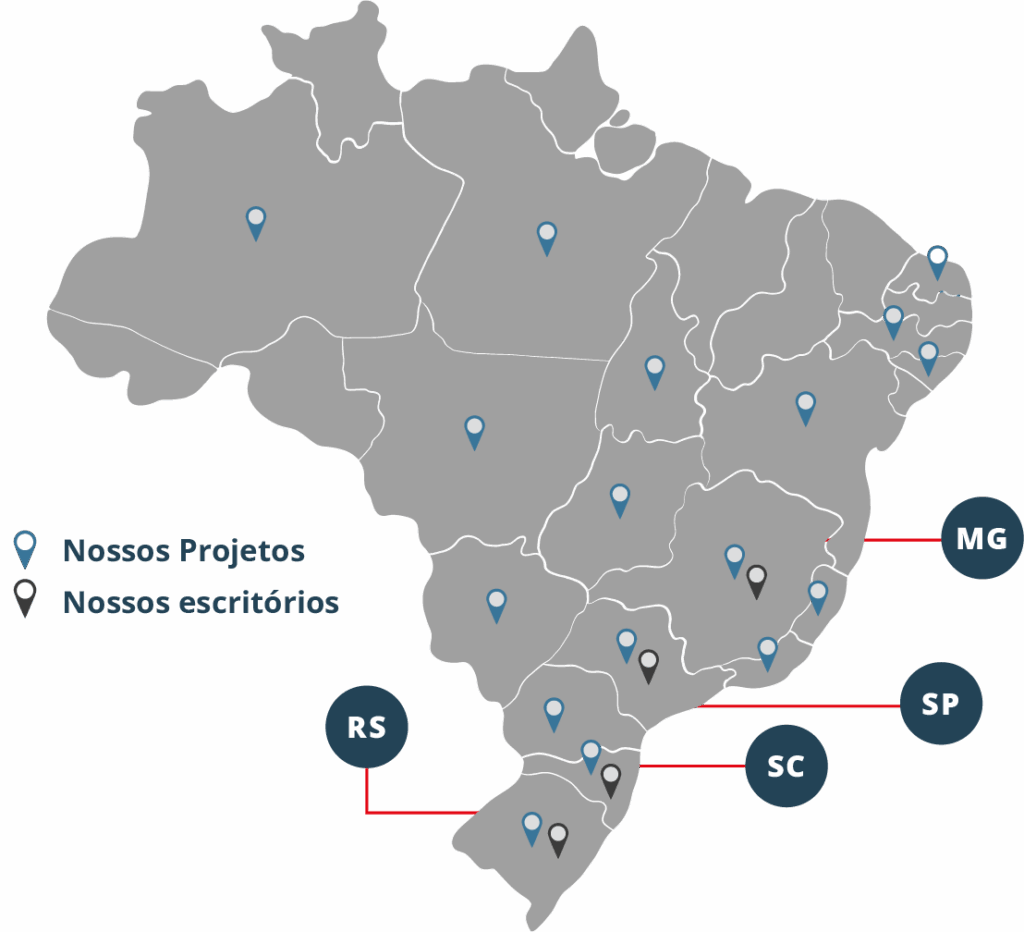By Marcus Granadeiro
The added value of BIM (Building Information Modeling) increases the more it is used throughout a project’s lifecycle. It is common to see presentations about BIM showcasing its application across the entire lifecycle in a cyclical way. However, it is quite rare for BIM implementations to go beyond the design phase.
The predominant use of BIM is in the design stage, mainly due to the ease of modeling in three dimensions. It’s visual and “tangible”—a 3D model is impressive. The “M” in BIM dominates, which is why applications such as clash detection, quantity takeoff, and integration with scheduling represent the vast majority of current use cases in the market.
While these applications are useful, restricting BIM use to design severely limits its potential. Ideally, it should begin earlier—during the product definition—and continue through construction and operation. Only then will the benefits be so significant that their value becomes unquestionable. This extended use is what inspired successful governmental BIM programs like the UK’s initiative, which has, in some ways, influenced Brazil’s approach.
So how do we achieve this? The answer lies in shifting the focus to the “I” in BIM—Information. It is essential to organize data even before the model exists and ensure that information flows seamlessly across project phases, technologies, and stakeholders—without silos or redundancies.
The requirements program should be integrated with the model and used to evaluate its maturity and alignment. BIM data can be used even before modeling begins to validate costs. Models must be continuously enriched with construction data. Construction management should leverage both the “I” and the “M” intensively. Data transfer from models to facility management software must be dynamic and bidirectional.
Simple? Cheap? Fast? Not at all. Addressing the “I” in BIM is far more complex than modeling itself—it involves more processes, more people, and much higher implementation risks. Successful adoption depends heavily on the true commitment of top leadership. It will cost more and may take longer than expected—but it will be a game-changer. A true differentiator for companies, given the significant impact it brings.
Marcus Granadeiro is a civil engineer from the Polytechnic School of the University of São Paulo (USP), president of Construtivo—a technology company with engineering DNA—and a member of the Autodesk Development Network (ADN) and the Royal Institution of Chartered Surveyors (RICS).


